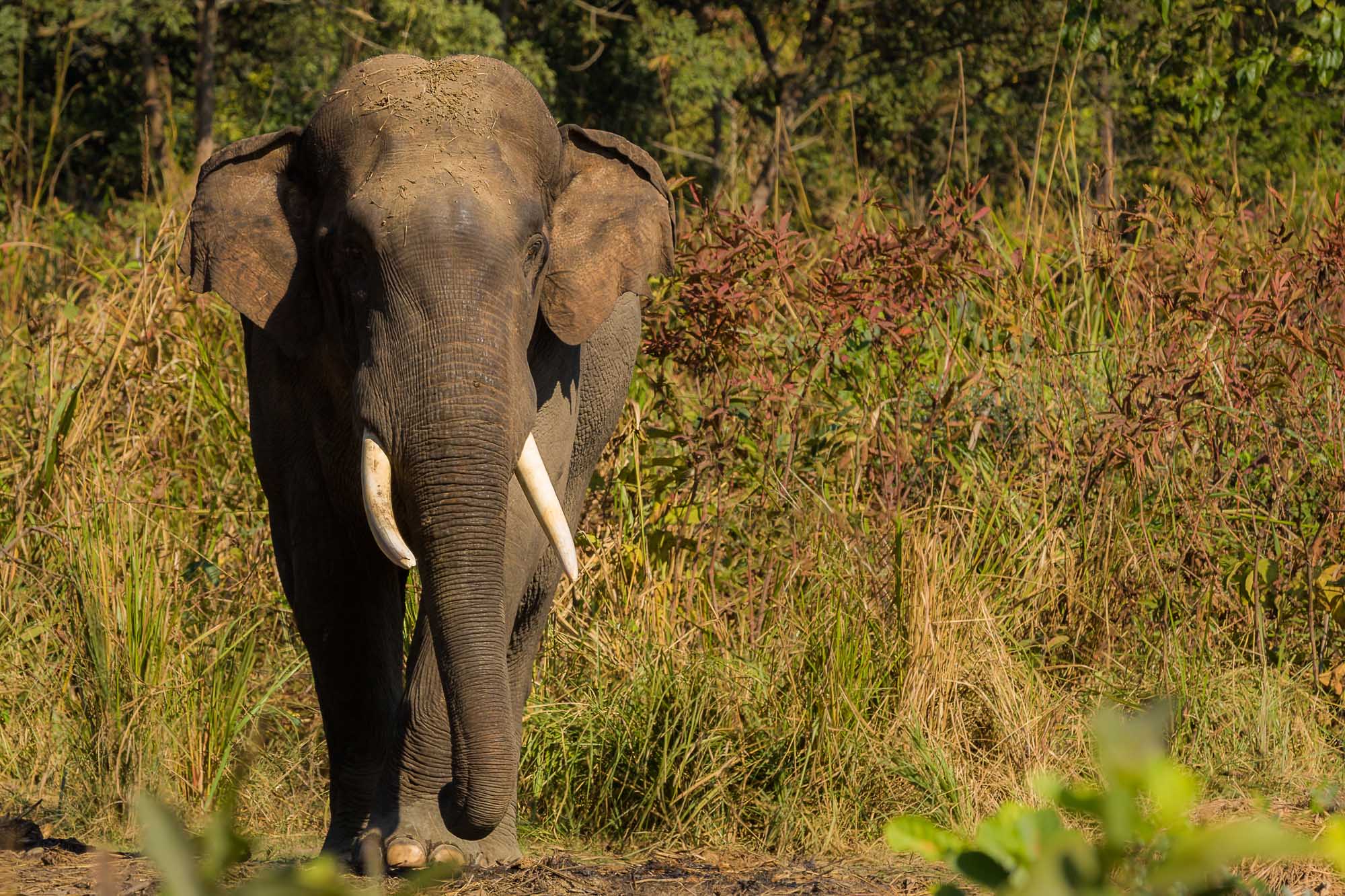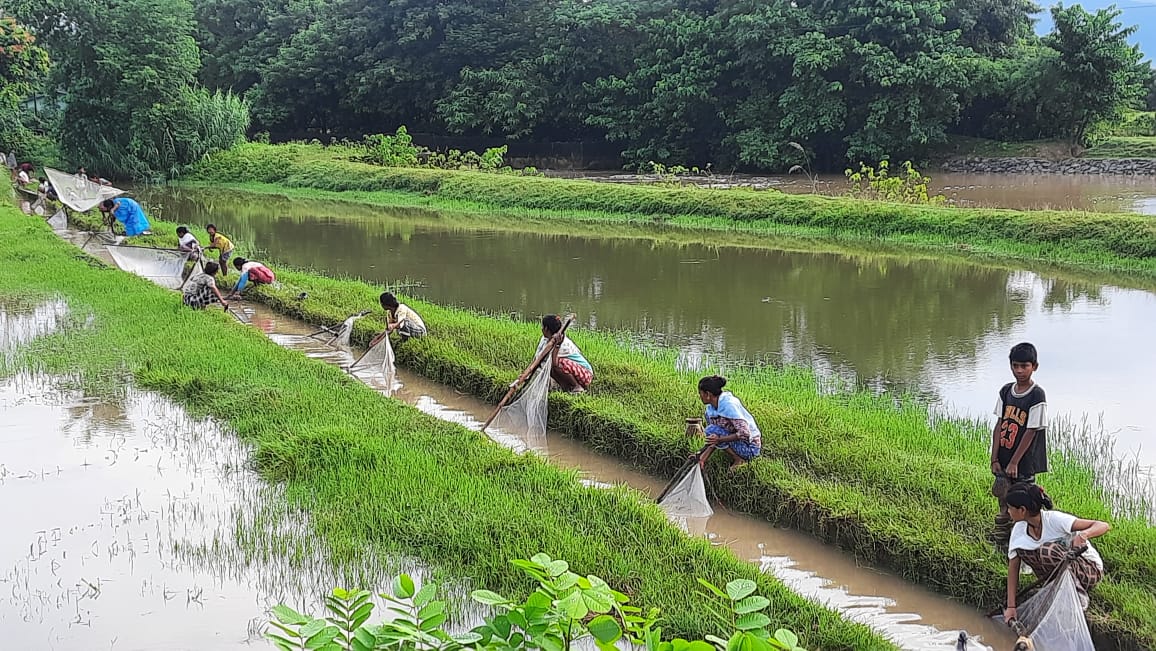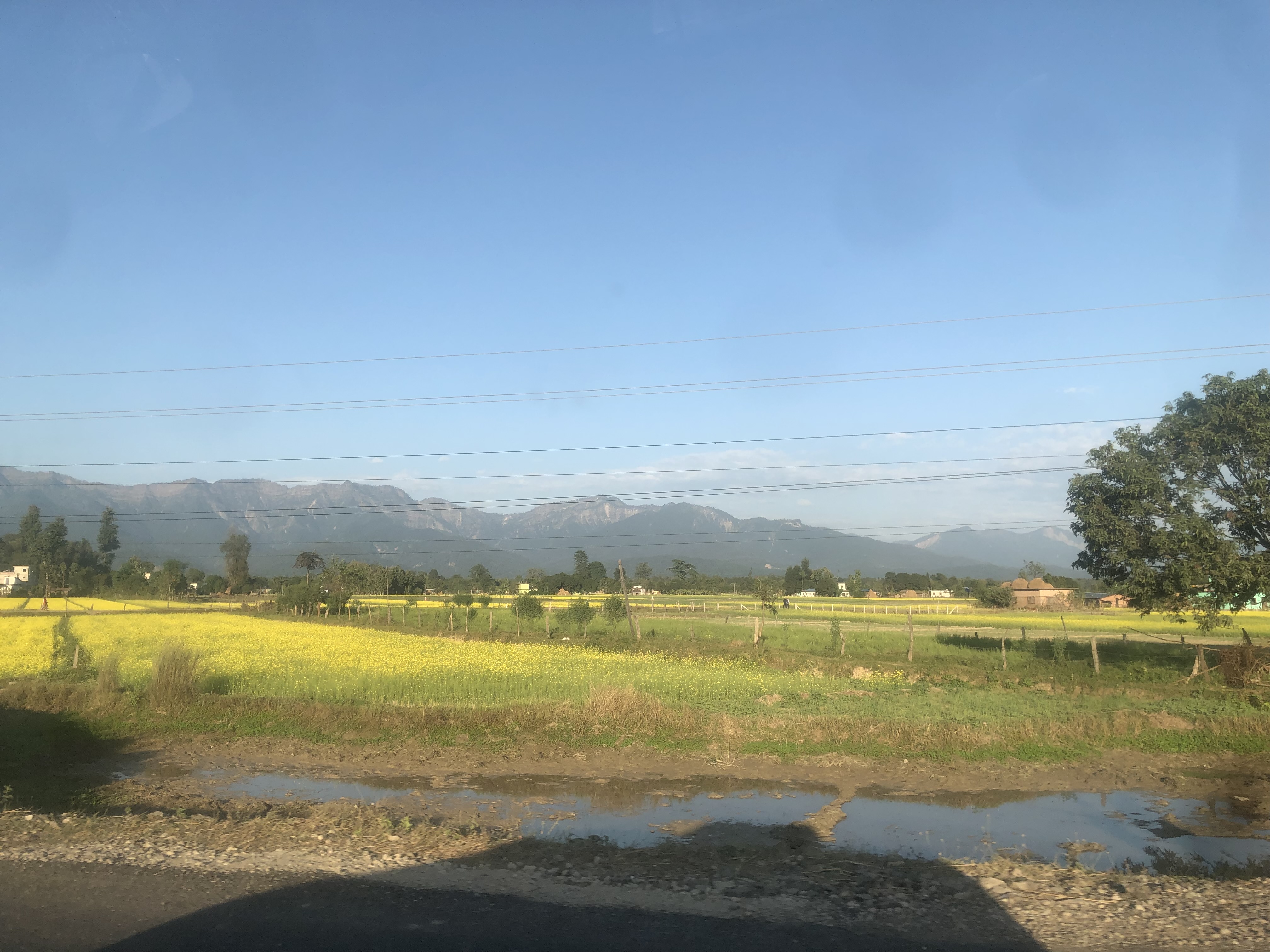Madhuban Tigerscape links Nepal’s Bardiya National Park and India’s Katarniaghat Sanctuary, crucial for tiger conservation in the Terai Arc Landscape. This UN World Restoration Flagship supports endangered species like Bengal tigers, one-horned rhinos, and Asiatic elephants across diverse habitats such as grasslands and riverine forests. Join this unique research trip to explore wildlife ecology, contribute to conservation, and engage with local Tharu and Sonaha communities whose sustainable practices support both biodiversity and livelihoods.
The landscape is home to various species, with three flagship animals being:
Bengal Tiger (Panthera tigris tigris): As one of the most iconic and endangered big cats, the Bengal tiger plays a vital role in maintaining the ecological balance of its habitat. With Bardiya National Park supporting Nepal's second-largest tiger population, these majestic predators help regulate prey species, thus ensuring healthy ecosystems. Their presence is a key indicator of environmental health and biodiversity, making their conservation a priority for ecological sustainability.

One-Horned Rhinoceros (Rhinoceros unicornis): The one-horned rhinoceros, a Vulnerable species, is primarily found in the riverine grasslands of Bardiya. These magnificent creatures are under significant threat from habitat loss due to human encroachment and poaching. Bardiya provides a crucial refuge for them, offering a protected environment where they can thrive. Conservation efforts here focus on safeguarding their habitat and enhancing population numbers, as these rhinos are vital for maintaining the ecological integrity of grassland ecosystems.

Asiatic Elephant (Elephas maximus): The Asiatic elephant is an endangered species and serves as a key ecological driver in its environment. Often seen along riverbanks and in forested areas, these gentle giants contribute to habitat modification through their foraging behavior, which helps maintain the structure and diversity of vegetation. Their movements and feeding patterns play a significant role in seed dispersal, further enriching the biodiversity of the region. Protecting the Asiatic elephant is essential not only for its survival but also for the overall health of the ecosystems they inhabit.
We can’t wait to share this incredible journey of research and adventure with you! If you’re ready to explore, connect, and make a difference, book your spot today. For more information or to reserve your package, call us at +9779767483498 (WhatsApp) or email us at contact@himavatinstitute.com.np.
Arrive in Kathmandu for a cultural introduction with a guided tour of UNESCO World Heritage sites.
Accomodation: Madhuban
Meet with conservation experts to discuss current ecological challenges, research objectives, and community-driven conservation efforts.
Accomodation: Madhuban
Travel from Kathmandu to Bardiya via flight to Nepalgunj, followed by a scenic drive to the site, or opt for a direct bus for an immersive journey
Participate in field research/observation on tiger, rhino, and elephant ecology in Bardiya, observing animal behaviors, tracking movements, and studying habitat preferences. Collect data on population dynamics, participate in habitat restoration, and join community-led anti-poaching and human-wildlife conflict mitigation efforts.
Return to Kathmandu for a final debrief, sharing insights from fieldwork before departure.
Community and Culture
Bardia’s surrounding communities are predominantly Tharu and Sonaha. The Tharu people focus on subsistence farming, while the Sonaha engage in traditional fishing. Forest resources are essential to their daily lives, supplying fuelwood, fodder, and timber. Conservation efforts are tailored to incorporate local socioeconomic needs, supporting ecological preservation alongside livelihood improvement.
Climate and Habitat
Madhuban has a subtropical climate, with heavy monsoon rains from June to September that enrich the ecosystem but also lead to seasonal flooding in low-lying areas. Winters are cooler and drier, ideal for extended field research. The area features habitat diversity, including Sal and Mixed Broad-leaved Forests, Khair Sissoo Riverine Forests, and grasslands, which support herbivores, birds, and soil stabilization along riverbanks.
Conservation and Community Collaboration
Sustainable practices underpin conservation in Madhuban, with community involvement focused on sustainable agriculture training, biodiversity education, and collaborative conservation projects. This integrated approach fosters a balanced commitment to environmental stewardship and the protection of Madhuban’s unique species and ecosystems.
Research Station and Accommodations
Our research station provides secure lodging, local meals, and study spaces to support researchers. Electricity is connected from national grid. Trained local guides assist with data collection, wildlife monitoring, and safety protocols.

Madhuban
Unique tradition house with basic amenities such as electricity, internet and drinking water supply. It has access to blacktop road.




